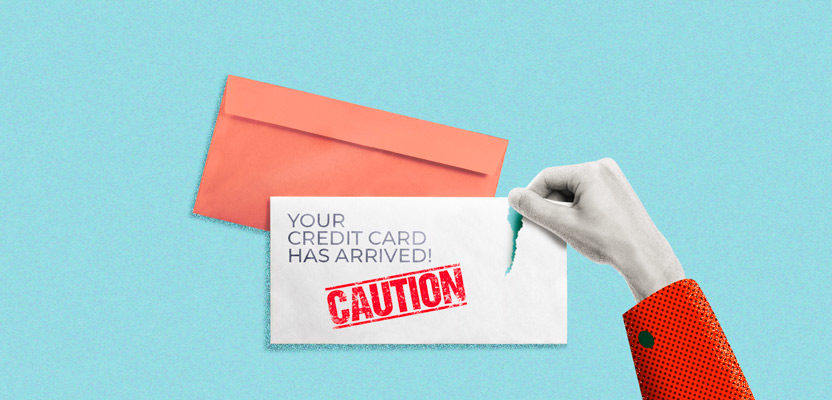
Chase's online banking services may appeal to you if this is your first time using them. This article will focus on JPMorgan Chase's customer-online banking department. This article will provide information about checking and saving accounts for business, CDs, savings accounts, and how to access online banking services. This information is important for both business owners and consumers. You can use these tools to manage your account and track its transactions. You should however be aware of the potential disadvantages.
JPMorgan Chase's customer online banking department
One of the ways to keep your money safe online is to use your bank's customer online banking department. You can log in at any time and access your account from anywhere. You can also deposit money into other banks and invest in stocks. If you aren't satisfied with the service provided by your bank, there is always an option to use another financial institution's online branch. Here are some points to consider if you're considering using the bank's online banking customer service.

Its business check suite
If you run a business, you've probably heard of the benefits of using a Chase online business checking account. The Chase Business Platinum Checking Account requires only a $25 minimum opening deposit. If you have more than $100,000 in business deposits, the Chase Business Platinum Checking account will waive the monthly maintenance fee. Chase Business PlatinumChecking account holders have unlimited incoming or outgoing wire transfers, in addition to the no-fee monthly maintenance fee. The account comes with a minimal monthly balance requirement and unlimited transactions. Four outgoing wire transfers are free. Standard fees include $0.40 post-limit transaction fees and wire transfer charge.
Its savings accounts
Chase Savings Accounts are an excellent way to increase your savings. While the account's annual interest rate of one cent is a great deal, it does not offer any other benefits. Although the rate is low, it does not discourage people from opening Chase accounts. You don't necessarily need an interest rate right away. Checking accounts are another option.
Its CDs
A Chase online banking account makes it easy to deposit money to a savings account. With CDs offered by Chase, you can choose from a variety of maturities ranging from a month to 120 months. Changes to your current CD are possible without penalty. However, you should note that the rates for Chase CDs are not as high as those offered by other online banks.

Its mobile app
The latest update to Chase's online banking mobile app is an impressive design, featuring intuitive icons in the menu bar that take you directly to different sections and functionalities. The app has sleek images that add subtle color. The brand's commitment of being current and innovative is evident in the inviting colors. The new app offers convenience without compromising security, and is now more accessible than ever.
FAQ
Do I need an IRA to invest?
A retirement account called an Individual Retirement Account (IRA), allows you to save taxes.
To help you build wealth faster, IRAs allow you to contribute after-tax dollars. They offer tax relief on any money that you withdraw in the future.
For those working for small businesses or self-employed, IRAs can be especially useful.
In addition, many employers offer their employees matching contributions to their own accounts. This means that you can save twice as many dollars if your employer offers a matching contribution.
Should I diversify or keep my portfolio the same?
Many people believe that diversification is the key to successful investing.
Many financial advisors will recommend that you spread your risk across various asset classes to ensure that no one security is too weak.
This approach is not always successful. You can actually lose more money if you spread your bets.
Imagine, for instance, that $10,000 is invested in stocks, commodities and bonds.
Consider a market plunge and each asset loses half its value.
At this point, you still have $3,500 left in total. If you kept everything in one place, however, you would still have $1,750.
You could actually lose twice as much money than if all your eggs were in one basket.
It is important to keep things simple. Don't take more risks than your body can handle.
What if I lose my investment?
Yes, you can lose all. There is no such thing as 100% guaranteed success. But, there are ways you can reduce your risk of losing.
One way is to diversify your portfolio. Diversification spreads risk between different assets.
You could also use stop-loss. Stop Losses allow you to sell shares before they go down. This lowers your market exposure.
Margin trading is also available. Margin Trading allows you to borrow funds from a broker or bank to buy more stock than you actually have. This increases your odds of making a profit.
How do I know if I'm ready to retire?
The first thing you should think about is how old you want to retire.
Is there a specific age you'd like to reach?
Or would you prefer to live until the end?
Once you have decided on a date, figure out how much money is needed to live comfortably.
Then you need to determine how much income you need to support yourself through retirement.
Finally, you must calculate how long it will take before you run out.
Statistics
- If your stock drops 10% below its purchase price, you have the opportunity to sell that stock to someone else and still retain 90% of your risk capital. (investopedia.com)
- Some traders typically risk 2-5% of their capital based on any particular trade. (investopedia.com)
- According to the Federal Reserve of St. Louis, only about half of millennials (those born from 1981-1996) are invested in the stock market. (schwab.com)
- An important note to remember is that a bond may only net you a 3% return on your money over multiple years. (ruleoneinvesting.com)
External Links
How To
How to Properly Save Money To Retire Early
Retirement planning is when your finances are set up to enable you to live comfortably once you have retired. It's when you plan how much money you want to have saved up at retirement age (usually 65). You also need to think about how much you'd like to spend when you retire. This covers things such as hobbies and healthcare costs.
You don’t have to do it all yourself. Financial experts can help you determine the best savings strategy for you. They'll examine your current situation and goals as well as any unique circumstances that could impact your ability to reach your goals.
There are two types of retirement plans. Traditional and Roth. Roth plans allow for you to save post-tax money, while traditional retirement plans rely on pre-tax dollars. It all depends on your preference for higher taxes now, or lower taxes in the future.
Traditional retirement plans
Traditional IRAs allow you to contribute pretax income. You can contribute up to 59 1/2 years if you are younger than 50. You can withdraw funds after that if you wish to continue contributing. The account can be closed once you turn 70 1/2.
If you've already started saving, you might be eligible for a pension. These pensions vary depending on where you work. Some employers offer matching programs that match employee contributions dollar for dollar. Others provide defined benefit plans that guarantee a certain amount of monthly payments.
Roth Retirement Plans
Roth IRAs allow you to pay taxes before depositing money. Once you reach retirement, you can then withdraw your earnings tax-free. There are however some restrictions. There are some limitations. You can't withdraw money for medical expenses.
A 401(k), another type of retirement plan, is also available. These benefits can often be offered by employers via payroll deductions. These benefits are often offered to employees through payroll deductions.
401(k).
Most employers offer 401(k), which are plans that allow you to save money. They allow you to put money into an account managed and maintained by your company. Your employer will automatically contribute to a percentage of your paycheck.
The money you have will continue to grow and you control how it's distributed when you retire. Many people decide to withdraw their entire amount at once. Others distribute their balances over the course of their lives.
Other Types Of Savings Accounts
Some companies offer other types of savings accounts. TD Ameritrade can help you open a ShareBuilderAccount. You can use this account to invest in stocks and ETFs as well as mutual funds. Additionally, all balances can be credited with interest.
Ally Bank offers a MySavings Account. You can deposit cash and checks as well as debit cards, credit cards and bank cards through this account. You can also transfer money to other accounts or withdraw money from an outside source.
What Next?
Once you know which type of savings plan works best for you, it's time to start investing! Find a reputable firm to invest your money. Ask family members and friends for their experience with recommended firms. Online reviews can provide information about companies.
Next, calculate how much money you should save. This involves determining your net wealth. Your net worth includes assets such your home, investments, or retirement accounts. Net worth also includes liabilities such as loans owed to lenders.
Once you know how much money you have, divide that number by 25. That is the amount that you need to save every single month to reach your goal.
For instance, if you have $100,000 in net worth and want to retire at 65 when you are 65, you need to save $4,000 per year.